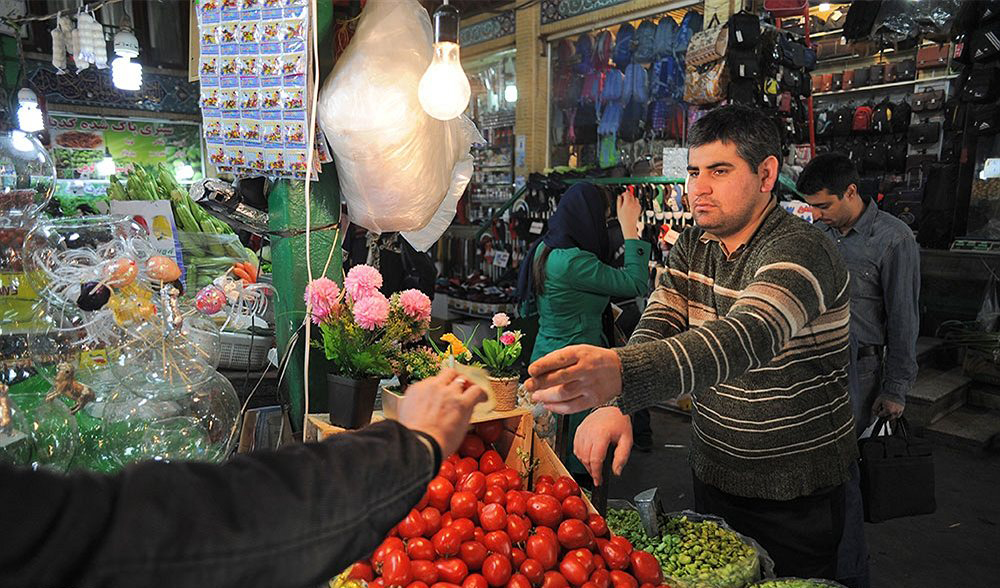Iran’s inflation rate just went above 10%, ending months of single-digit average CPI growth, which many considered one of the biggest achievements of President Hassan Rouhani’s economic team.
The Central Bank of Iran’s latest report shows that the average goods and services Consumer Price Index for urban areas in the 12 months ending June 21, which marks the end of the Iranian month of Khordad, increased by 10.2% compared with last year’s corresponding period.
The CBI had put the inflation rate for the preceding month, which ended on May 21, at 9.8%.
The overall CPI (using the Iranian year to March 2012 as the base year) stood at 267.3 in Khordad, indicating a 0.5% growth compared with the previous month. The index registered a year-on-year increase of 11% compared with the similar month of last year.
This is a 13-month high rate for Iranian inflation. The rate went below 10% for the first time after about a quarter century in June 2016. It then followed a downtrend until it bottomed out at 8.6% in mid fall.
Inflation showed an uptrend after the government geared its economic policies to stimulate domestic demand in a bid to stem the slowdown in industries and wild fluctuations in the foreign exchange market.
Although the Ministry of Economic Affairs and Finance had foreseen the inflation’s rise to above 10% in Khordad, it said the figure will remain under control.
Deputy Economy Minister Hossein Mirshojaeian said late May that the overall inflation rate for the current Iranian year to March 20, 2018, is expected to remain below 10%.
“The government is planning to boost manufacturing and create jobs this year, but it does by no means want to give rise to runaway inflation. Our estimate is that a tight rein will be kept on inflation,” he said.
Rouhani’s top economic advisor, Masoud Nili, had previously said double-digit inflation would jeopardize Iran’s economic growth, which stood at a strong 12.5% for the last fiscal year (March 2016-17), according to the central bank.
The Economy Ministry, however, declared that the rise in inflation is a short-term occurrence.
In fact, higher demand during the Iranian New Year holidays in late March and the presidential vote on May 19—in which President Hassan Rouhani won a second term in office over his main rival Ebrahim Raeisi—have been highly influential in pushing up the inflation rate in the past few months.
According to Mirshojaeian, the May election rattled the prices, which is a common phenomenon in all elections across the globe.
“This effect becomes more profound when people see the risk of economic instability rising with the prospect of the victory of a certain candidate,” he said in May.
Forex rate fluctuations in the days leading up to the election were also a contributing factor, he believes.
Major global currencies gained against the rial for a short period, but they depreciated soon after the final tally was announced in Rouhani’s favor.
The deputy minister added that other seasonal factors would have their impact in early summer. He said the expected inflationary uptick at the beginning of summer is attributed to two reasons, namely the housing sector that goes through a sale/rent peak every year around this period and rising food demand during the Muslim month of Ramadan that ended June 25.
“Following these shocks, prices are expected to remain stable until the end of summer,” Mirshojaeian said.
“The inflation rate seems logical for now, as it allows us to increase manufacturing and create jobs, which is a public demand.”
The CBI figures come as the Statistical Center of Iran, another body in charge of releasing data on Iran’s economy, has put Khordad inflation at 7.4%. The two bodies’ figures usually differ, as they use different methods to process data.


